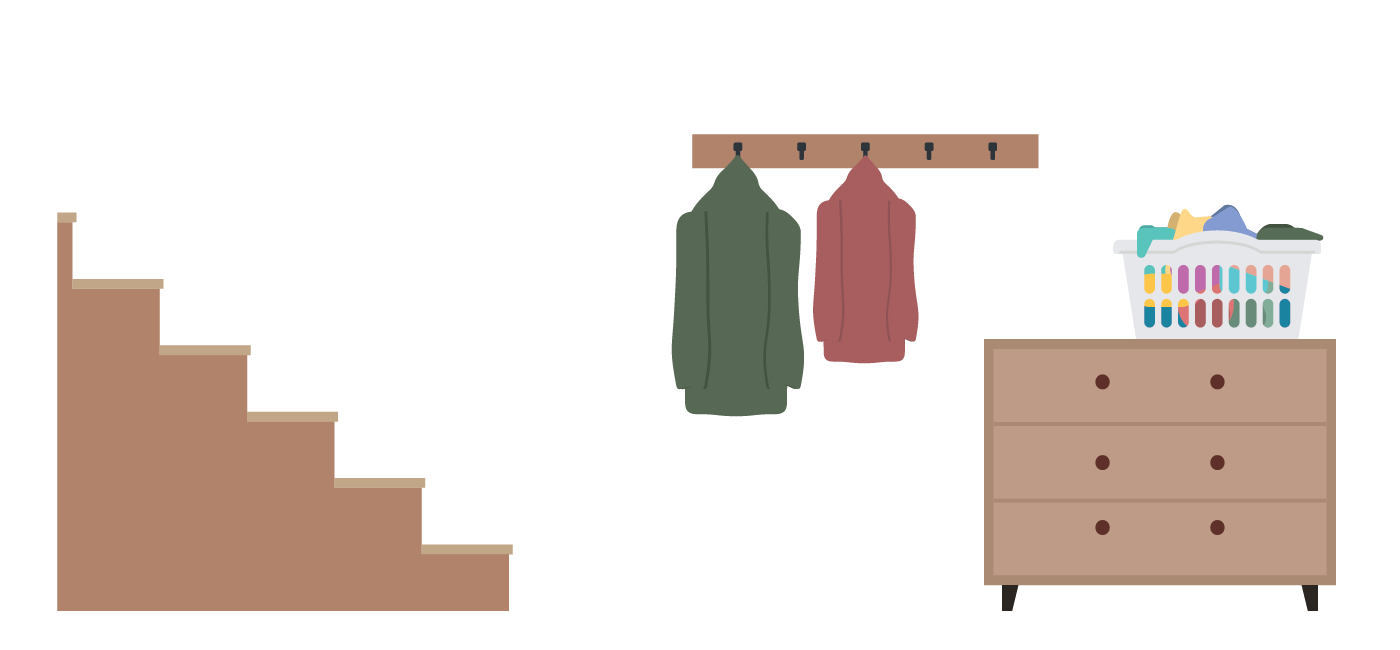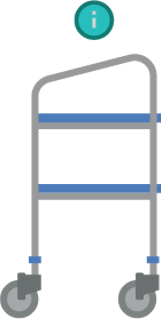Around the house
There is a range of equipment available to help maintain your independence when moving around the house. From mobility aids and fall detectors to grab rails and adaptations there are a lot of options available to you.
Equipment can be privately purchased from a wide range of retailers both online and on the high street. If you feel that you need further information or advice, please contact William Merritt Centre for impartial and professional advice and assessment, or call Adult Social Care on 0113 222 4401 to make a referral for assessment with the Leeds Equipment Service.









